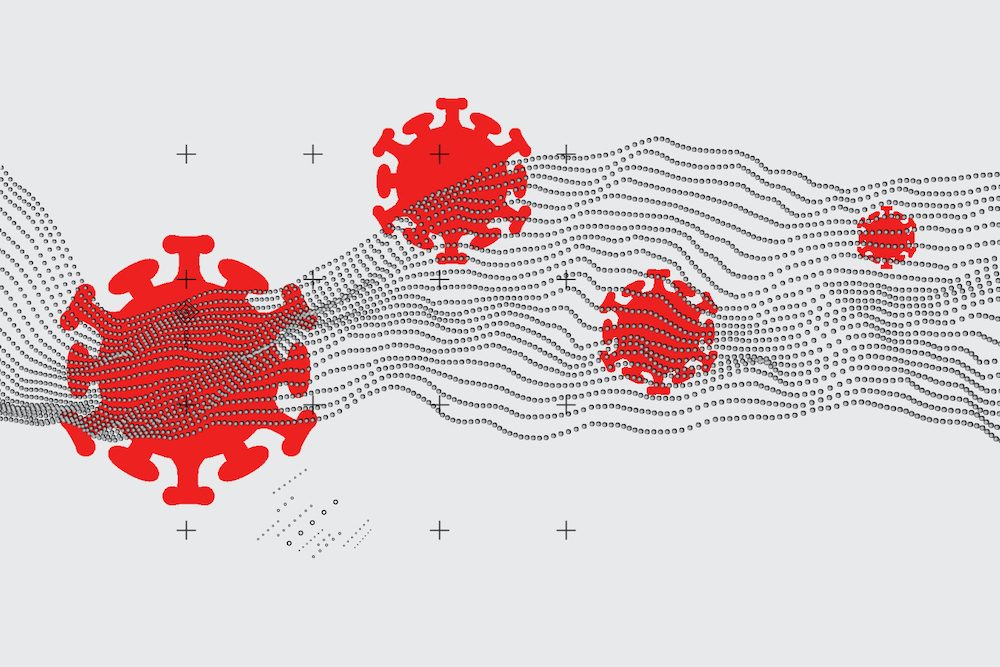The Centers for Disease Control and Prevention on Wednesday expanded how it defines a “close contact” of someone with Covid-19 as it released new evidence showing the coronavirus can be passed during relatively brief interactions.
Previously, the CDC described a close contact as someone who spent 15 minutes or more within six feet of someone who was infectious.
Now, the agency says it’s someone who spent a cumulative 15 minutes or more within six feet of someone who was infectious over 24 hours, even if the time isn’t consecutive, according to an agency spokesperson.
Close contacts are those who are tracked down during contact tracing and are recommended to quarantine.
The announcement from the CDC comes as scientists described in a new study how a correctional officer in Vermont appears to have contracted the coronavirus during “multiple brief encounters” with six incarcerated people who had Covid-19. The infected people were awaiting the results of their Covid-19 tests while the interactions happened.
In the study, the authors — including officials from the CDC and Vermont’s health and corrections departments — noted that the data for defining a close contact have been limited. “A primary purpose of contact tracing is to identify persons with higher risk exposures and therefore higher probabilities of developing infection, which can guide decisions on quarantining and work restrictions,” they wrote, adding that “public health officials should consider transmission-risk implications of cumulative exposure time within such settings.”
Experts have long noted that the 15-minute, within-six-feet rule was not some sort of threshold that needed to be hit for transmission to occur. So much about whether spread happens depends on how infectious a person is, how well-ventilated the room that people are in is, how the virus might move through the air in a particular setting, whether people are wearing masks, and more. The 15-minute window had just been used as a benchmark to prioritize who should be followed up with for contact tracing and quarantine.
One reason why the length of interactions might matter, experts think, is because people need to be exposed to a certain level of virus if they’re going to get infected. Researchers still aren’t sure what that “infectious dose” is — and if a higher dose corresponds to how sick people are likely to get — but the thought is that the longer someone is around someone else who is infectious, the higher level of virus they will be subjected to, and the more likely they are to get Covid-19.
After the officer was diagnosed with Covid-19 in August, health officials and staff at the correctional facility reviewed surveillance footage of his interactions with the six incarcerated people. Though he never spent 15 straight minutes within six feet of any one of them, he was within six feet of them at least 22 times during one eight-hour shift, totaling at least 17 minutes of exposure. During their interactions, the incarcerated people were wearing masks most, but not all, of the time, while the officer always had a microfiber cloth mask, gown, and eye protection on.
The correctional officer had no known contact with anyone else with Covid-19 and coronavirus cases were low in his home county and in the rest of the correctional facility at the time, leading researchers to rule that his case most likely came over the brief encounters.
The new study “adds to the scientific knowledge of the risk to contacts of those with Covid-19 and highlights again the importance of wearing face masks to prevent transmission,” the CDC spokesperson said.
